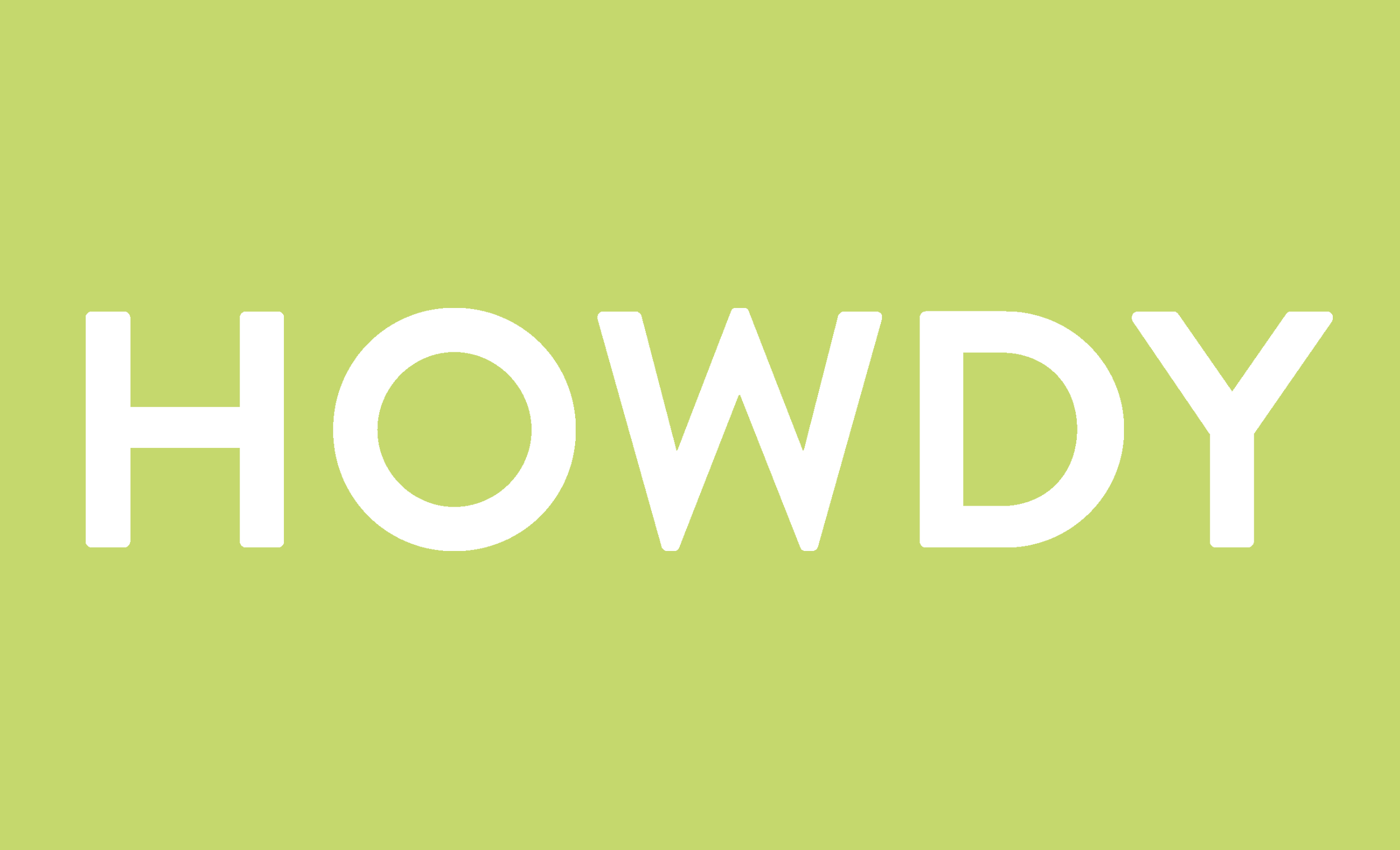Push Alerts
The New York Times’ in-house Push Alerts tool centralizes our push messaging toolset and enhances our push capabilities. Push notifications are one of the most visible ways to express our journalism and engage readers, enticing them to go deeper.
PUSH ALERTS
The New York Times’ in-house Push Alerts tool centralizes our push messaging toolset and enhances our push capabilities. Push notifications are one of the most visible ways to express our journalism and engage readers, enticing them to go deeper.
̌
Prior to our current Push Alerts tool, the newsroom had been using THREE different tools (two internal, one external) to send out a push alert, with TWO different sends for iOS and Android devices.
V2 Goals
I joined the team right before the MVP launch of the Push Alerts tool, which saw us keeping parity with one of the three tools the newsroom was currently using to send out push alerts. The tool we were keeping parity with was within our own proprietary CMS (“Scoop”). The look and feel of the new tool matched our budding Design System (“Ink”) and had a fresh codebase that we could build and expand upon.
Old Push Alerts in “Scoop”
New Push Alerts MVP
V2 User Goal: to bring all various tool functionalities (aka. ‘the things that we like about each of the three tools’) into the Scoop Push Alerts tool, with the ultimate goal of moving our users from three, slow, incomplete tools to one streamlined tool.
V2 Business Goal: to decommission Localytics (our one external push alerts tool), so we are no longer reliant on (or paying for) a third-party, and therefore have full control over the look and feel of our tool.
Where Did I Start?
My first order of business was to learn and assess the workflow as it stood at the time for our editors sending push alerts. I shadowed various push alert editors on their shifts and then partnered with a smaller group of editors to create a user flow. This was done to gain a better understanding of the hurdles they faced when creating and publishing a push alert.
This is a snippet of a MUCH larger user flow, at the point where the editor needs to decide which of three tools to use. By the time they’re done playing “Choose Your Own Adventure™” for push alerts, WaPo has scooped us!
To gain a better understanding of the push notification space, I did my own deep dive into Localytics, the third-party tool our newsroom was using to send push alerts. One problem I knew immediately was that Localytics is more of a marketing and e-commerce tool than an editorial one. Our editors were having to shift through too much jargon that had no meaning to them (ie. ‘cart abandonment rates’).
Additionally, I conducted an extensive round of competitive analysis of a variety of other push notification tools to see how others handle the same tasks (tools such as Sailthru, LeanPlum and One Signal, to name a few).
Once I thoroughly understood the problem space, I wrote and conducted all newsroom and non-newsroom user interviews to determine the direction of our team’s next steps towards our V2 goals. I synthesized hours of user interviews and complied our findings to present to our stakeholders.
The TL;DR
Here are the four high level key takeaways/findings from my time spent with the editors of push alerts and their non-newsroom cross functional partners in regards to where we should focus our attention for V2 enhancements:
Next Up: The Thorny Issue of Audience Segmentation…
The main purpose for Localytics was when our editors were sending out a targeted alert (our two in-house tools did not have this function). A targeted alert allows you to chose a specific audience to send an alert to so the alert has meaning to them. An example of this would be if there were massive delays on the NYC subway due to a power outage. This would be a valuable alert to someone living or working in the NYC area, but not so much for someone living in Los Angeles. Audience segmentation allows you to create and select those bespoke groups to receive a push alert.
After the roll out of our V2 improvements, I paired with the newsroom and my product manager to conduct an Audience Segmentation Audit workshop. We audited the actions one can take in Localytics and pared it down to what was relevant to us to take to our tool when we began building out Audience creation for targeted alert sends.
What stays, what goes and (off-screen) what’s missing.
Audience segmentation was a tough exercise in “and/or/not” logic. After many rounds of design and engineering discussion, we decided there was far too large of a margin for user error if we continued down this path. We scraped two sprints of work, but came up with the far superior solution of “include/exclude” logic.
Sometimes, you gotta go back to the drawing board!
In Closing…
The features that have rolled out since our MVP launch are many: bold headers, image attachment, asset status, the ability to preview the alert in iOS and Android layouts, and audience creation and targeting.
With each new feature roll out, I ran Scoop Alerts Satisfaction surveys. As of the last survey I ran around Audience creation, we found that we were at a 100% user satisfaction rate, with 38.5% stating they are satisfied with our tool and 61.5% stating they are very satisfied (users were overjoyed to have ONE tool with language they understood).
Our team won a NYT Publisher's Award for our Push Alerts tool! 🎉
















